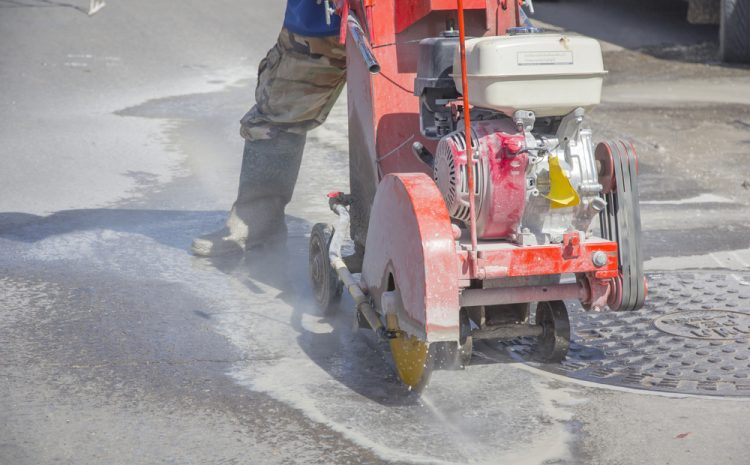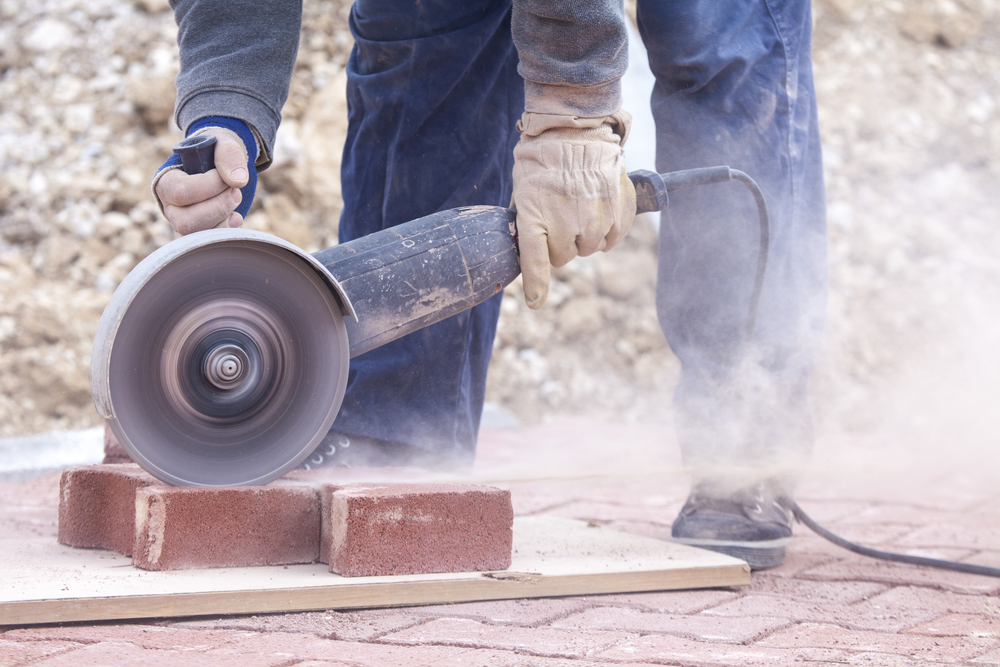
Cutting Concrete With A Circular Saw: Tips And Correct Tools
Concrete is one of the most commonly used building materials. This is mainly due to the fact that it is affordable, strong and highly durable. Made up of water, cement, gravel and sand, concrete is found everywhere. While its strength and durability make it quite popular, these properties also make cutting concrete much harder!
As such, you need to have the right equipment and follow the right process to cut through concrete safely and effectively. While it is possible to find specialised concrete cutting saws, circular saws are more than capable of handling most concrete cutting jobs.
Read on below to learn more about shaping and cutting concrete with a circular saw.
Why Do I Need To Cut Concrete?
- To create control joints in recently poured concrete to control/minimise cracking
- Demolition projects
- Repairing damaged sections of concrete
- Channelling concrete walls for piping and wiring
- Resizing brick paving and/or patio slabs
- Patio and garden landscaping projects
- To repair sewer lines buried under concrete
Main Elements Of Concrete Cutting
- Types of Blades For Concrete Cutting
- Types of Circular Saw
- Process of Cutting Concrete with a Circular Saw
Types Of Circular Saw For Concrete Cutting
There are many different types of circular saws for cutting concrete. When choosing the right saw, it is recommended that you go for one with at least 3,000RPM – as it increases the speed at which you cut the concrete blocks.
It is important to note that you can use three different types of concrete cutting blades with your circular saw – each circular saw blade has its own unique use. They include:
- Masonry Abrasive Blades: A masonry abrasive blade tends to be cheaper than other alternatives; however, these blades tend to wear faster. This means that they are most suited for small concrete cutting jobs.
- Diamond Blades: Made of a composite material composed of metal and diamond segments, these blades are not only costlier, but also tend to last longer during use. Diamond blades are suited to larger concrete cutting jobs – making them perfect for contractors who normally have a lot of concrete cutting work.
- Wet And Dry Concrete Cutting Blades: The process of cutting through concrete generates a lot of heat. There are two different types of diamond blades designed to deal with this problem.
To quickly expel the heat produced during cutting, a dry-cutting blade is designed with segmented teeth. While these blades are quite strong and long-lasting, they produce a lot of heat and dust when in use; thus, necessitating the use of respiratory safety gear.
Wet blades on the other hand do not come with segmented teeth. To prevent overheating and minimise the production of dust, these blades must be lubricated using a stream of water.

How To Cut Concrete With A Circular Saw?
You Will Need: A circular saw equipped with the correct blade, the necessary protective gear (including safety goggles, earplugs, and dust mask/respirator), a sledgehammer and a chalk line.
Steps in Cutting Concrete With A Circular Saw:
- Use a chalk line to clearly mark the cutting path.
- Align the cutting blade with the chalk line and allow the saw to reach a 50mm cutting depth, and wait for the saw to reach maximum speed.
- Start cutting along the marked area. Avoid applying force on the blade and leave it to cut, as you slowly guide it along the way.
- Don’t forget to feed a continuous stream of water to the blade, if you decide to use a wet cutting blade.
- Instead of trying to cut continuously, stop every 45 seconds, before continuing with the cutting process.
Is A Circular Saw The Best Tool For Cutting Concrete?
Yes and No!
The best tool for cutting concrete is a saw equipped with a rotary blade – just like the one seen on circular saws. In general:
- A circular saw delivers the high rate of rotation needed to cut through this dense building material
- Such a saw also decreases friction thanks to its reduced surface area contact
- Last but not least, a circular saw provides accurate control and a consistent spinning motion
However, all circular saws are not equal. The right saw should be:
- Powerful enough to cut through concrete
- Compatible with different types of concrete cutting blades
- Designed with a handheld design that facilitates vertical and horizontal use
With all that in mind, the best saw should be one that is specifically designed for use in cutting concrete.
Final Thoughts
Concrete cutting jobs can be quite demanding given the strength of this popular building material. If you wish to handle a concrete cutting job on your own, be sure to use the right equipment and follow all the necessary steps in the concrete cutting process, to ensure safety, efficiency and effectiveness.
Hire Professional Concrete Cutting In Sydney
To ensure that you get the desired outcome, and save yourself from unnecessary risk and expenses, be sure to hire a professional concrete cutting service provider in Sydney. This way, you can be sure that your project is being handled by fully-equipped, well-trained and seasoned professionals.
If you are looking for a concrete cutting company in Sydney that is trustworthy and reliable, then don’t go past Sydney Sawing & Drilling. Please call us today on (02) 9158 6101 or leave an enquiry.

